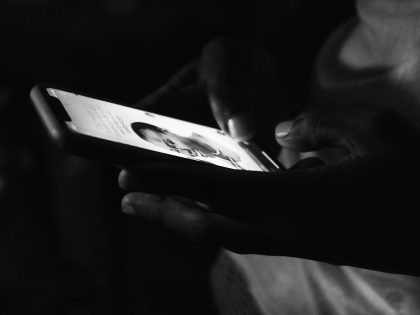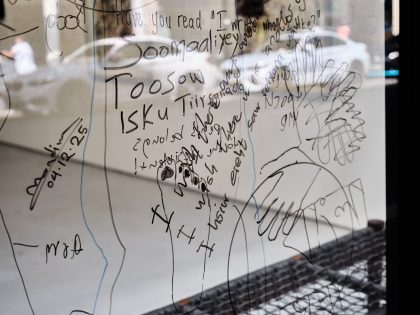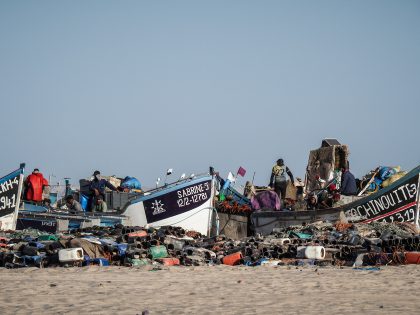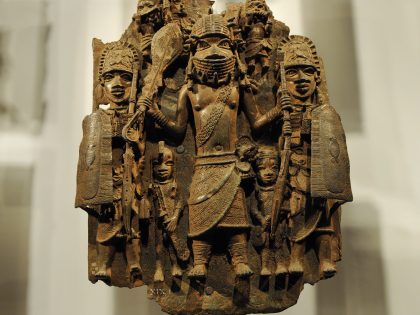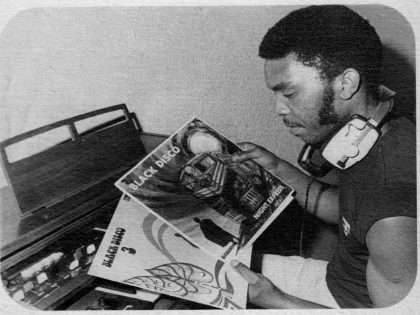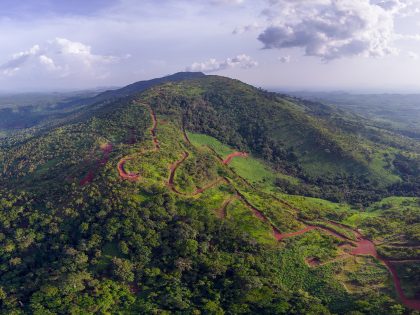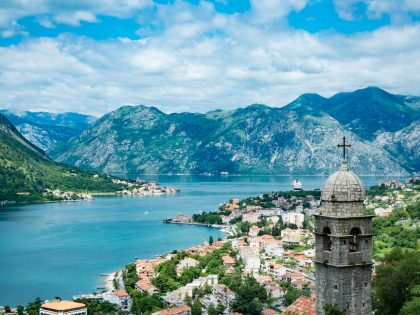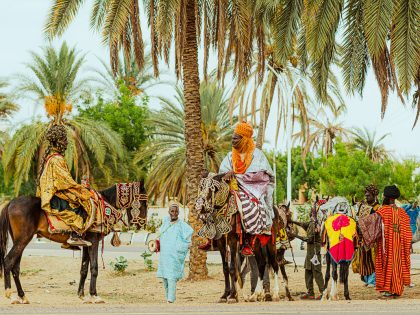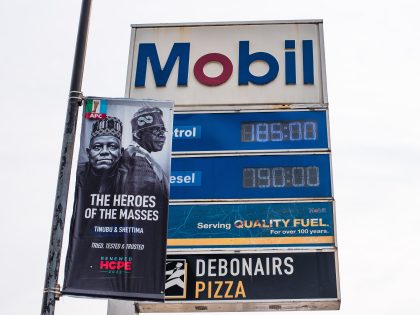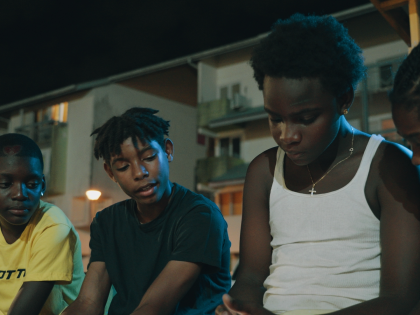The Story of Priya Ramrakha
Priya Ramrakha was one of the most prolific photographers of Africa’s independence movements in the 1950s and 1960s. This highlights his impact.

Two women, Kenya, 1966. By Priya Ramrakha.
After Kenyan photojournalist Priya Ramrakha was killed on assignment in Biafra, Nigeria, in 1968, his photographic legacy and archive seemed to vanish. Four decades later, his relative, Shravan Vidyarthi, found his prints and negatives in Nairobi. Covered in dust and all but forgotten, the 100,000 images that make up his archive trace the short life of one of the most prolific photographers of Africa’s independence movements in the 1950s and 1960s.
In 2004, Shravan started to retrace Priya Ramrakha’s life story, talking to journalists, family and friends and using a handful of images in family collections that would become the basis for his documentary film, African Lens: The Story of Priya Ramrakha (2007). After the film screened, Shravan recovered thousands more prints, negatives and albums from Priya’s family and friends across Kenya, the US and Europe. Numbering over 100,000 negatives, prints, contact sheets and documents, a selection of these photos were exhibited for the first time last October in Johannesburg (Priya Ramrakha | A Pan-African Perspective 1955-1968, commissioned with VIAD at the University of Johannesburg).

Even though Priya left no written records as to his views of what photographs could do, the influences of his journalist family’s anti-colonial efforts shaped his career. Daily, Priya saw the impact of the color bar, its segregations and deprivations endured by African and Indian Kenyans in the colony. In the 1940s and 1950s, the efforts of African and Indian freedom fighters, activists, leaders, and everyday people joining forces is a story of cooperation that is rarely mentioned or recalled in Kenya now.
In 1952 Priya was only 18 when he turned to photographing the first skirmishes of Mau Mau in Kenya. He documented horrific scenes after the Lari massacre, and later recorded the round-ups and jailing of innocent people in Nairobi. Later that year the government shut down the free press in Kenya, his photos with very different editorial guises appeared in the pro-British press, the free press, and the east African edition of Drum.

In 1960 Priya studied in Los Angeles, and in a few short years captured key moments of black struggle in the US, rallies for Martin Luther King Jr, and Malcolm X and Nation of Islam marches in Los Angeles and New York. He portrayed the pan-Africanist Miriam Makeba, who performed to raise funds for the young generation of African students studying in the US. Priya was drawn to a series of subjects and everyday moments that were significant for offering a different gravity and center, though these never aligned with editorial demand in the US or internationally.

Though Priya’s images marked resonances between the civil-rights movements in the US and anti-colonial struggles and independence movements on the continent, he became known for his work covering the front lines as a first African photographer to work for Time and Life. With a British passport from colonial Kenya in hand, he crossed borders that were forbidden to many of his contemporaries, and he photographed independence movements and wars in Kenya, Zanzibar, Congo, Yemen, and Nigeria. He was killed in the crossfire of the Biafran/Nigerian war in 1968, aged 33.
Priya’s archive is not solely photojournalistic, but offers todays viewers an expansive array of glimpses of everyday people. To think of his work as singularly political or journalistic is to overlook the way he connected with people, with an abiding curiosity that framed bicyclists on the streets, a father cradling his baby, or friends chatting in the shadows, oblivious to his camera.
- See Ramrakha’s work at the Recontres d’Arles in July 2018, Photoville mid-September 2018, South African National Gallery/IZIKO in February 2019.
- Priya Ramrakha, edited by Shravan Vidyarthi and Erin Haney, with essays by Morley Safer, John Edwin Mason, Sana Aiyar, Drew Thompson, Shravan Vidyarthi, Erin Haney and Paul Theroux. Kehrer Verlag, October 2018. Advance copies/trailer/additional information here.
